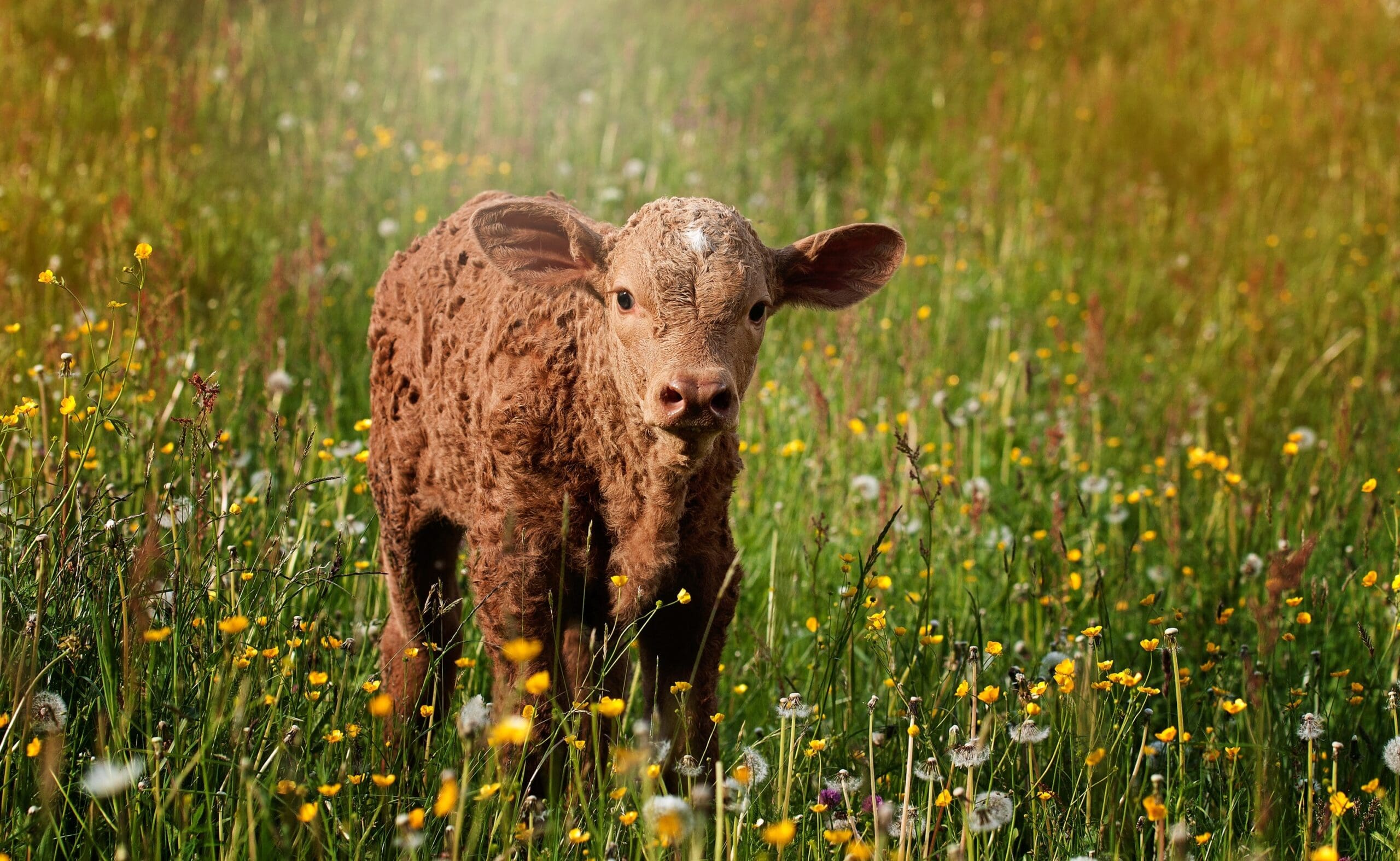
Ginger, a calf born on July 19, 2021, is the first gene-edited calf born with a resistance to bovine viral diarrhea virus (BVDV). The calf was born healthy, and once it was a few months old they housed it for a week with a BVDV-infected dairy calf. After the week was up, Ginger showed no symptoms of BVDV. Gene editing could be the new normal in the cattle industry to help offset the billions of dollars that ranchers lose each year to this virus....

A 2020 report showed that by 2025 there will be 73,500 heavy equipment operator positions open. Also, this report showed equipment manufacturing possesses a job opening rate three times higher than the national average. Julie Davis, Association of Equipment Manufacturers (AEM) Senior Director of Workforce and Industry Initiatives, says, “Equipment manufacturers can and should embrace and adopt a number of short-term and long-term strategies...
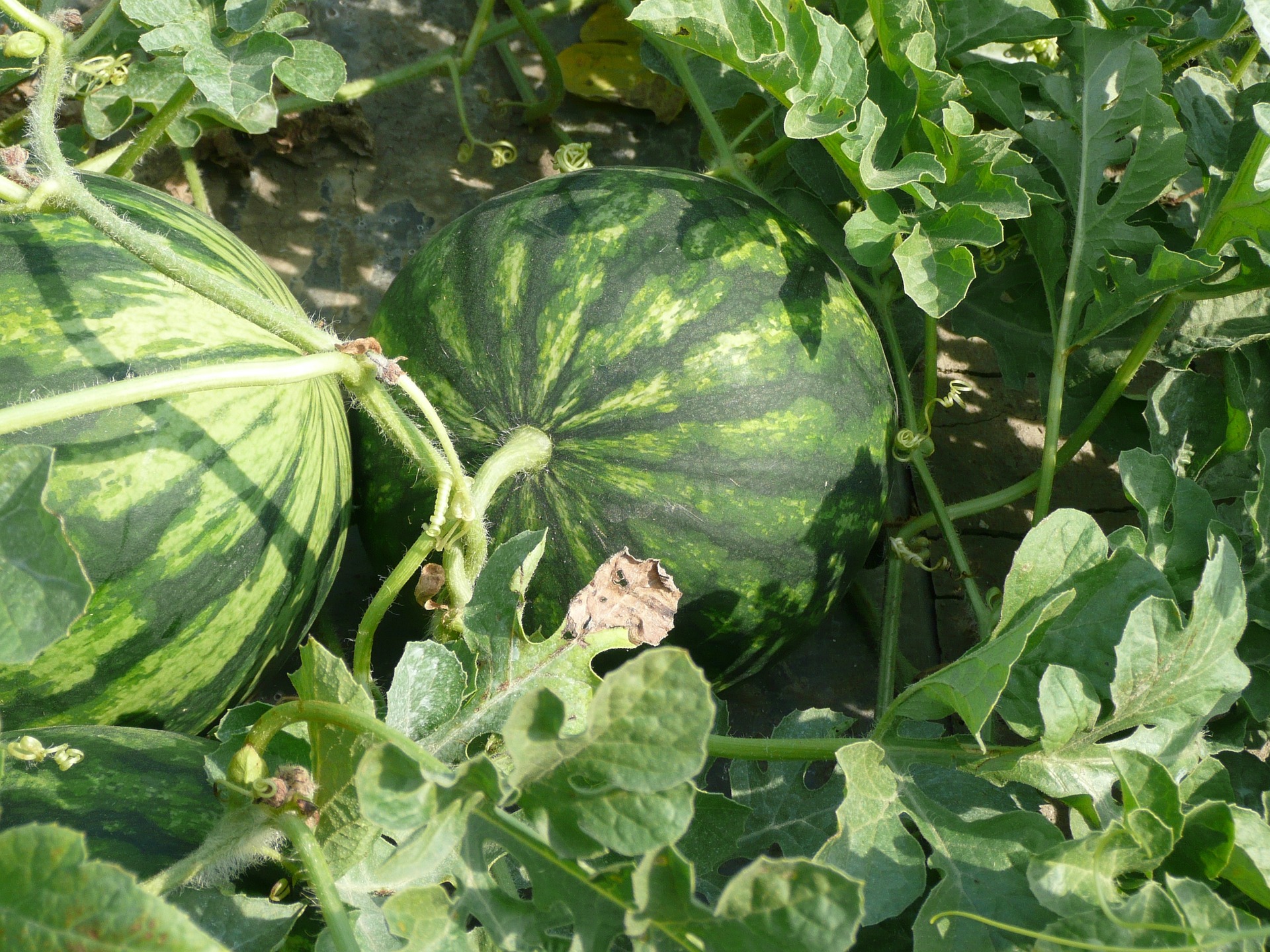
One field in North Florida has confirmed the presence of Downy Mildew in watermelon fields, South Georgia and South Alabama should be on the lookout as this disease spreads rapidly by wind. “The way that this disease typically moves, it moves from south to north." said Bob Hochmuth, University of Florida Institute of Food and Agricultural Sciences (UF/IFAS) Regional Specialized Extension agent in Live Oak, FL.
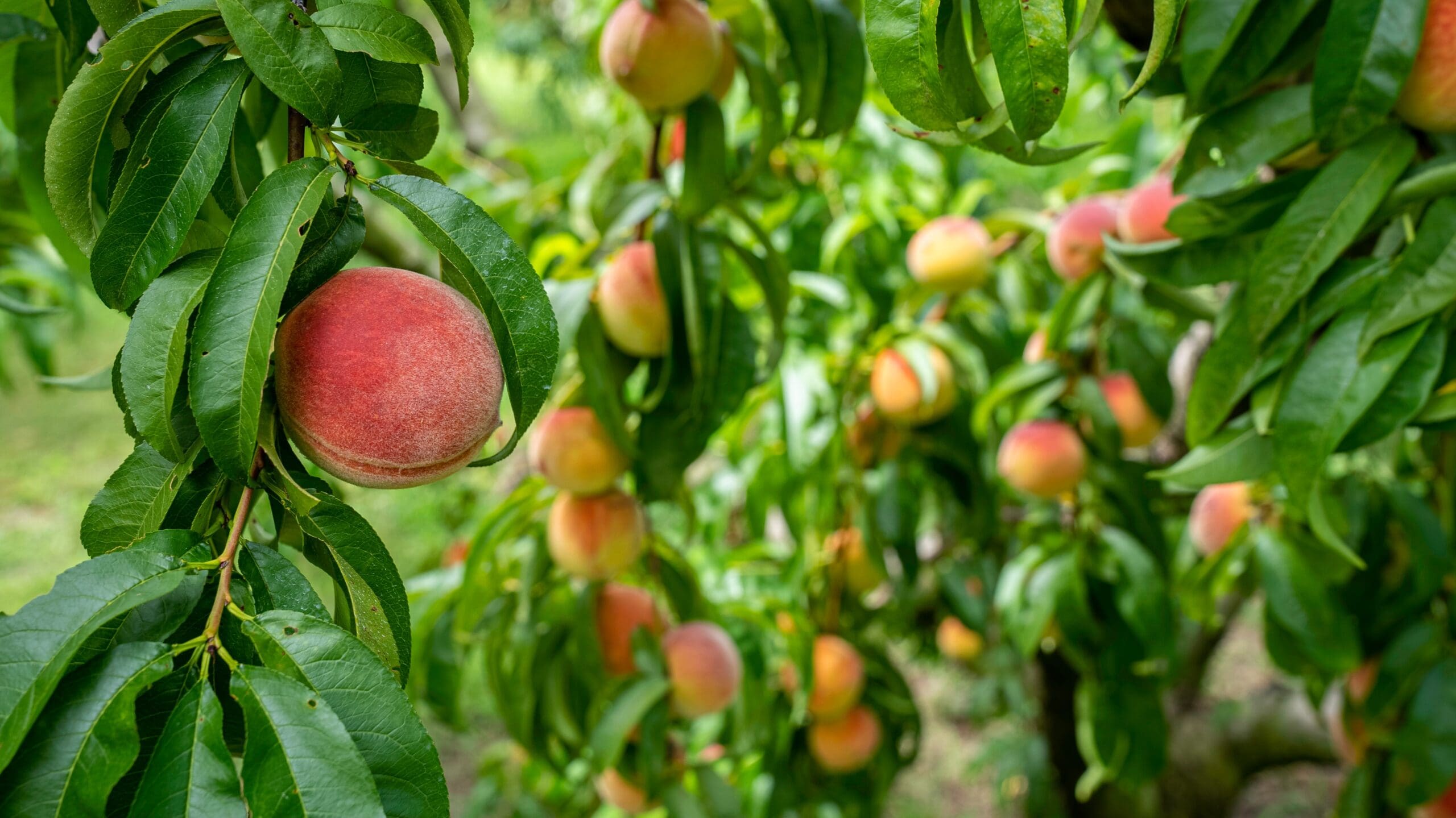
A male Peach fruit fly was found in a trap near Davie, FL earlier this month. This fly is active for the whole year and is considered a very serious pest as it attacks over 50 different species. Similar to the Oriental fruit fly, these 2 species are attracted to the same lure and trap, cause similar damage, and often compete against each other. A perimeter has been set up in multiple cities surrounding Davie, FL with traps being monitored by...
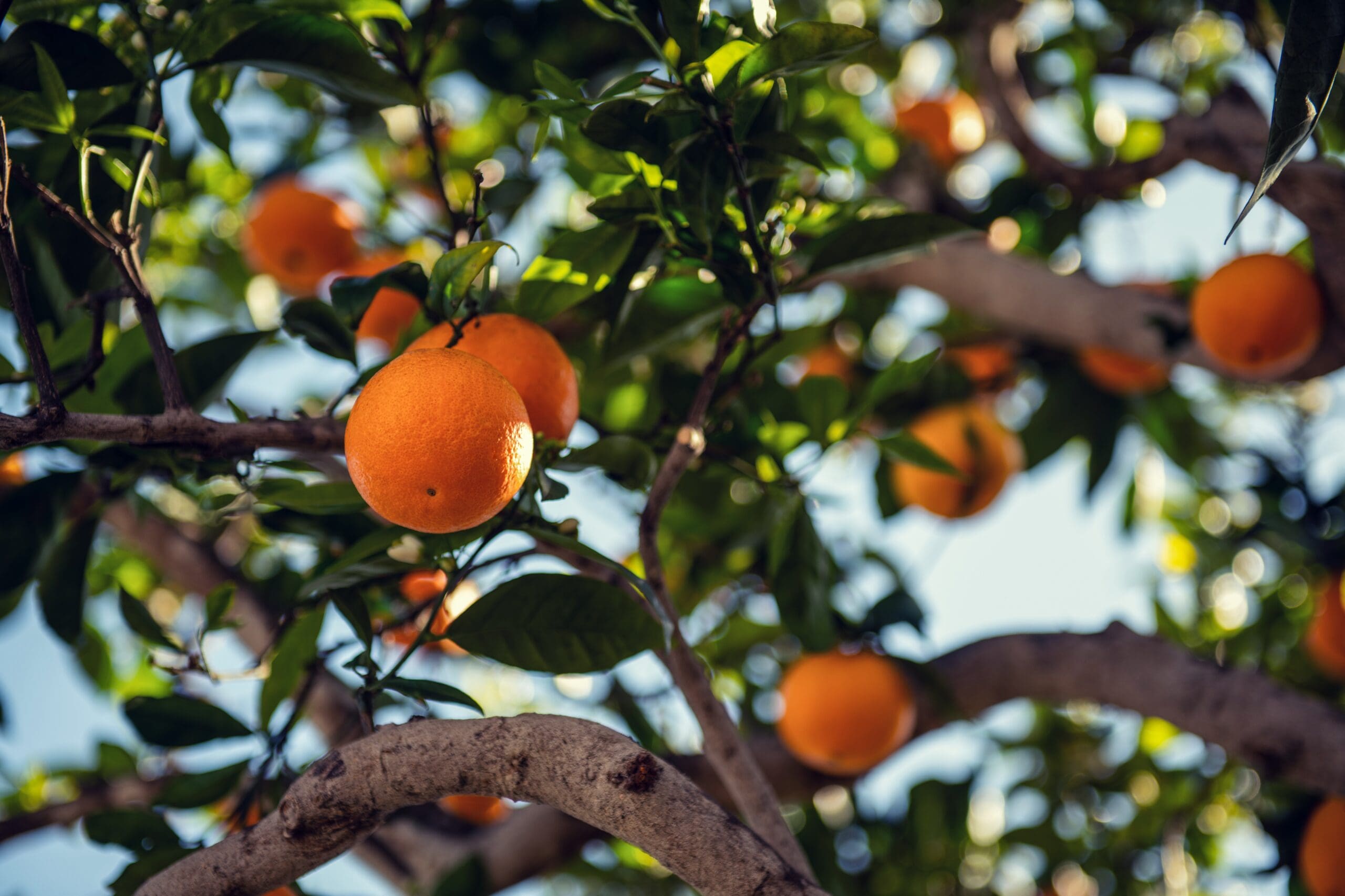
With many new plantings being done every day in Florida, Phytophthora is becoming a growing as it contributes to losses of 3% to 6% every year, which is the equivalent of $20 million annually. A recommendation that Megan Dewdney, UF/IFAS assistant professor of plant pathology, gives is to make sure that the plant graft union is 6 to 9 inches above the soil during planting. The UF/IFAS 2022-2023 Florida Citrus Production Guide is a good resource...
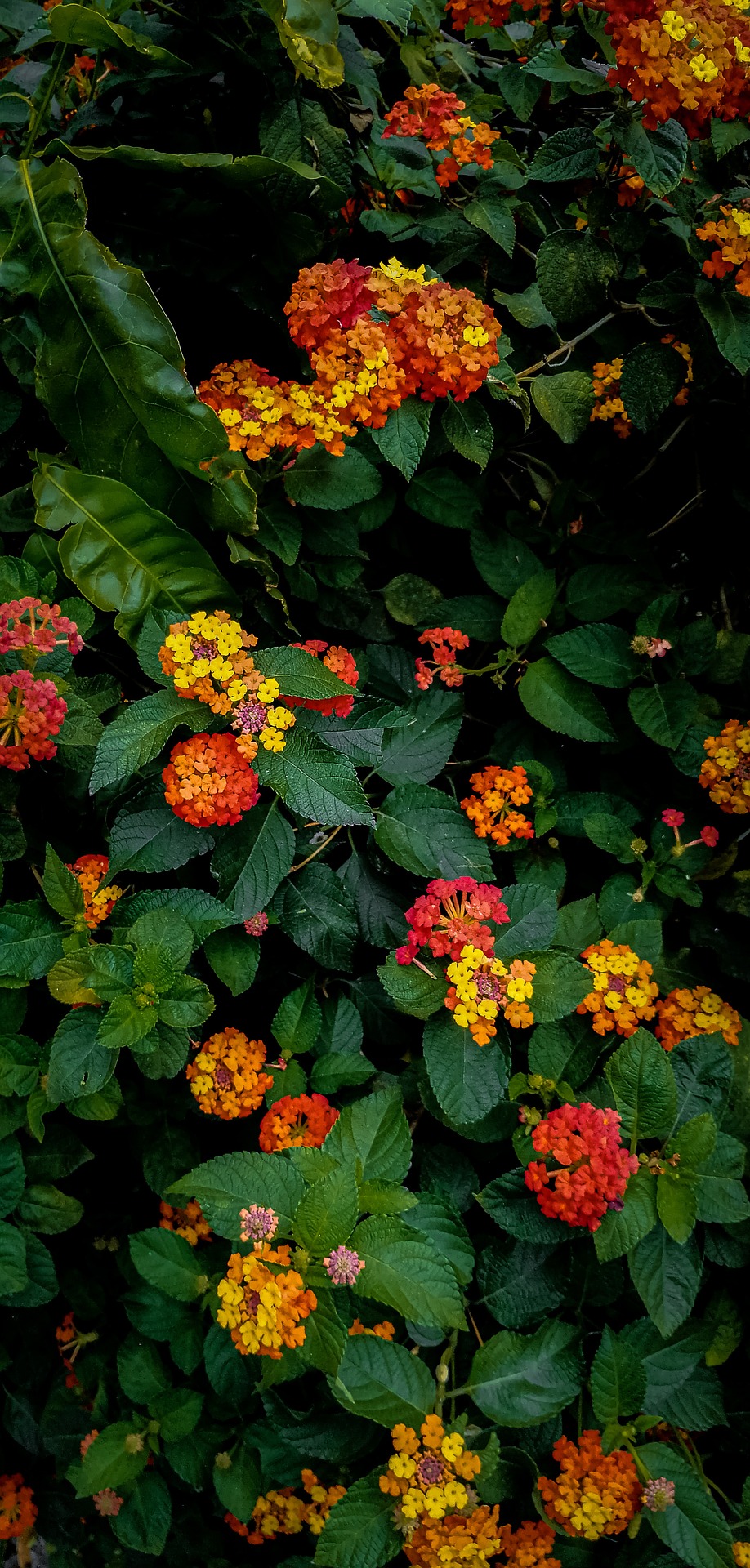
The United States Department of Agriculture (USDA) decided on Tuesday to declare April as 2023 Invasive Pest & Disease Awareness Month. Each year an estimated $40 billion in damage is caused by invasive plants and insects, including damage to major crops. Agriculture Secretary Tom Vilsack says, “This spring, familiarize yourself with the invasive pest quarantines in your area and do your part to avoid inadvertently moving invasive insects...
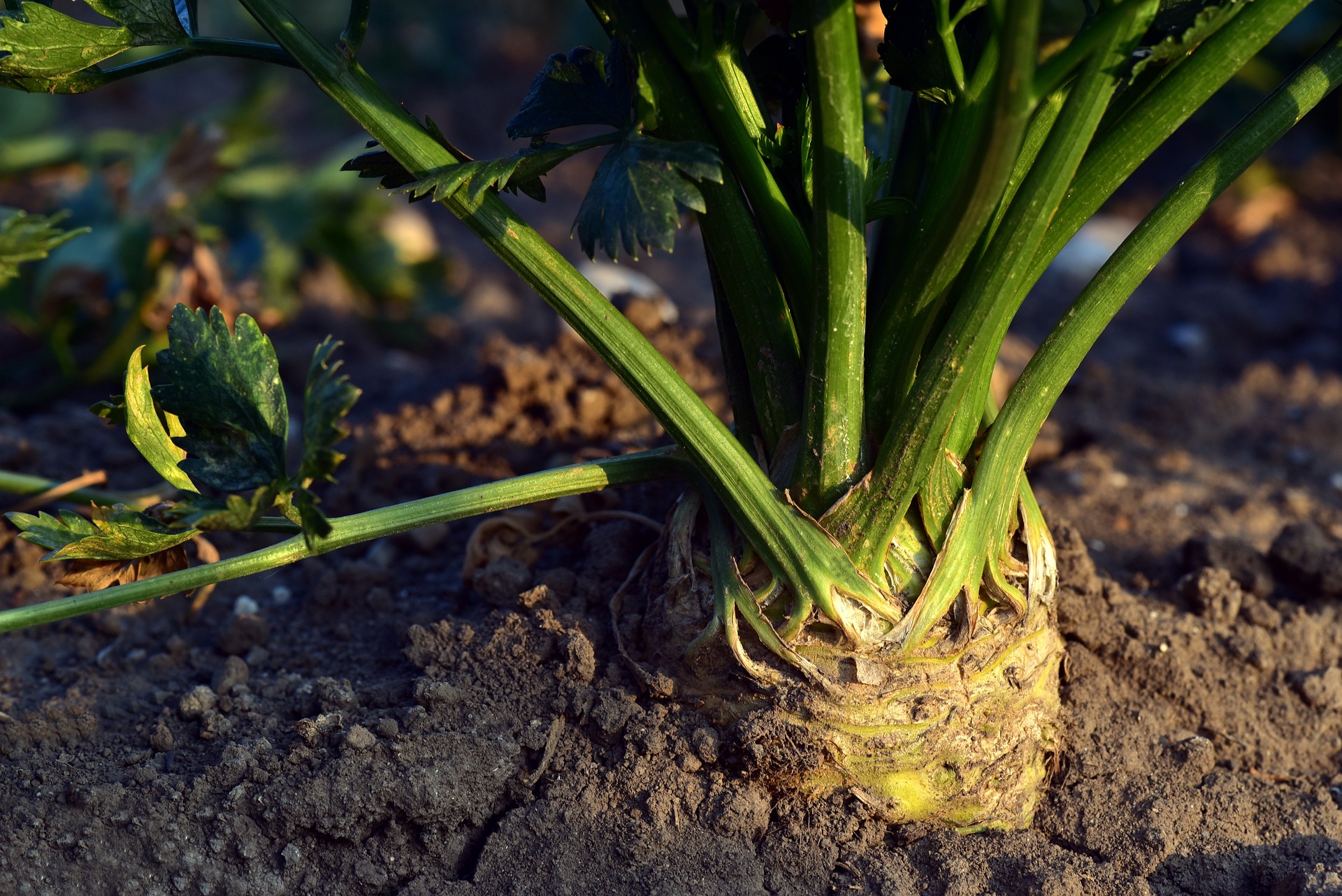
Apiaceous crops such as celery, carrots and dill are grown in Florida during the fall and spring each year to compensate for the environmental conditions in California so the national markets are supplied. Insect injuries were found on these plants in the Everglades Agricultural Area (EAA) where most of these plants are grown during that time of the year. After much research and specialists examining the specimens, the weevil was found to be...
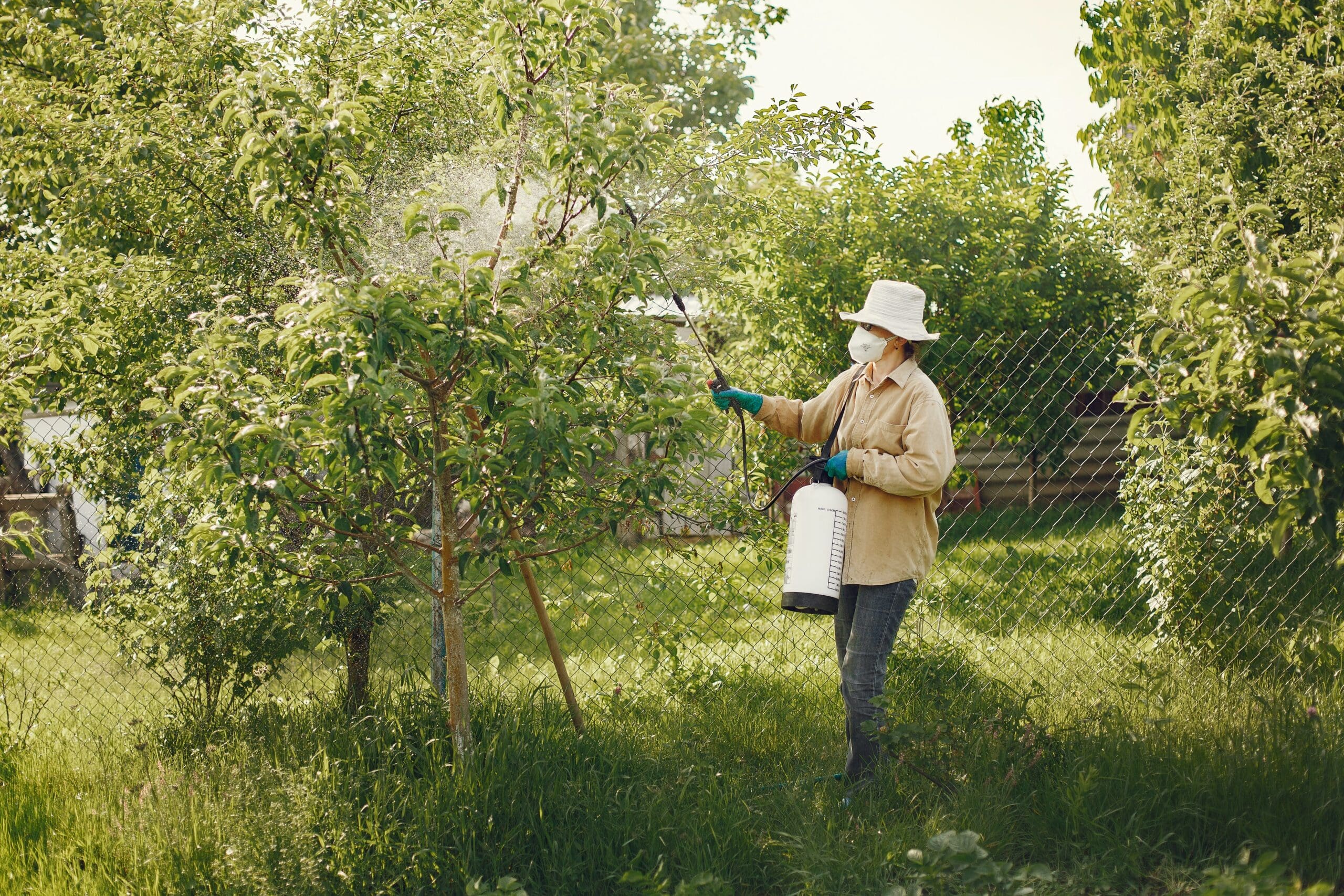
On March 23rd from 8 AM to 2PM, the University of Florida Institute of Food and Agricultural Sciences (UF/IFAS) and the College of Medicine will conduct a clinic where farmworkers can get tested for chronic diseases and participate in a safety training. This clinic will be held in conjunction with a UF/IFAS Extension agricultural employee safety training at the Turner Agri-Civic Center in Arcadia, FL. Topics included in this safety training...
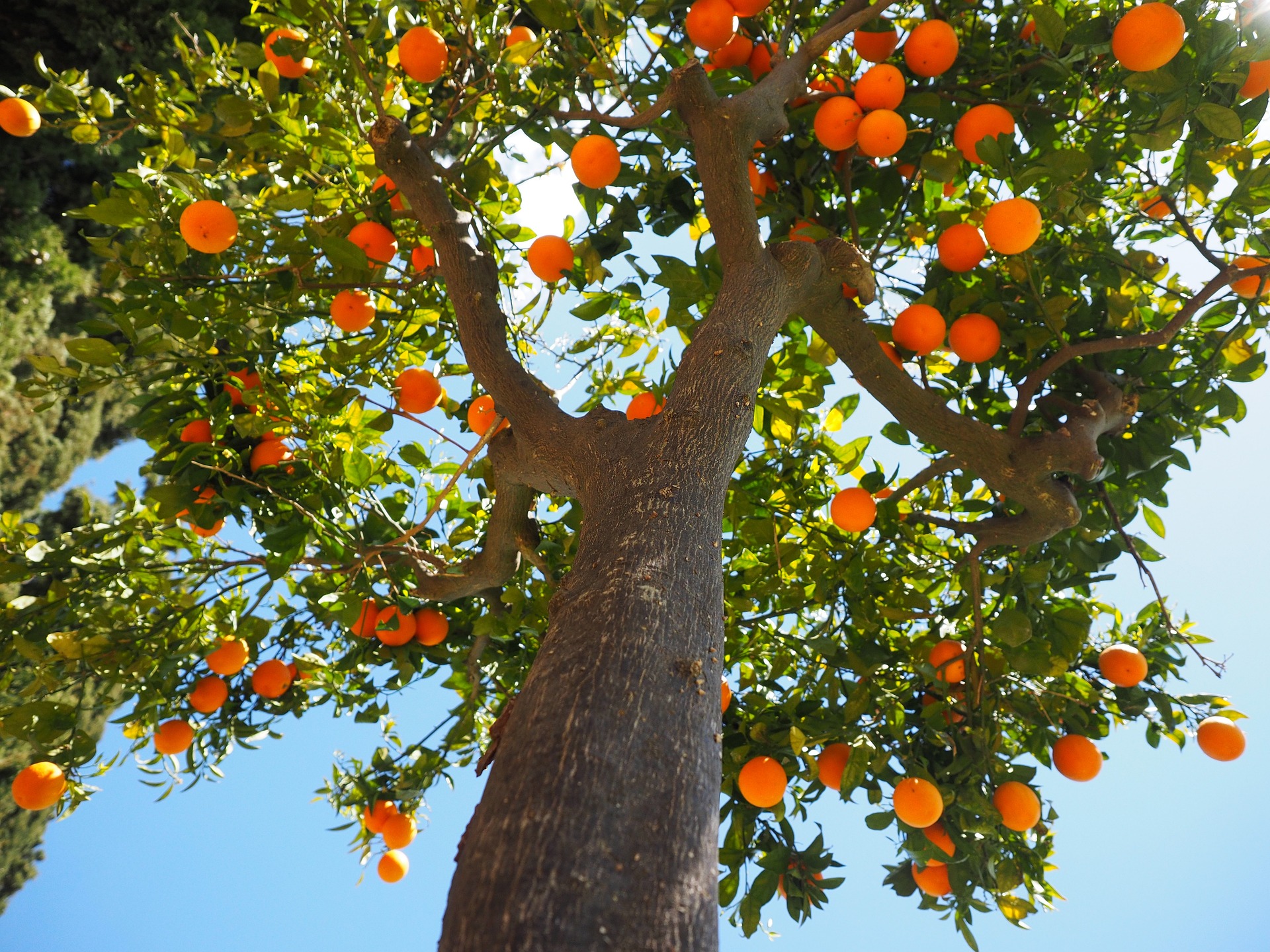
A new study published by HortScience was conducted by the University of Florida Institute of Food and Agricultural Sciences (UF/IFAS) researchers. The information found in this study will help growers select better-performing rootstocks with the ongoing HLB conditions. Out of the six rootstocks that were experimented on, it was found that A+Volk x Orange 19-11-8 had the highest nutrient uptake.

The United Egg Association and United Egg Producers funded studies that show the transition to cage-free increases costs and reduces profits on egg farms. This transition can be costly for the producer and the consumer, and approximately 55% of consumers are price driven when it comes to eggs and they do not discriminate between cage and cage-free eggs. Also, cage-free eggs have higher costs and more labor requirements.










